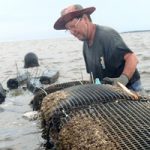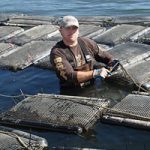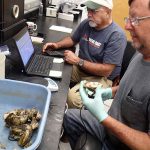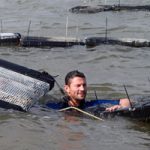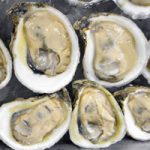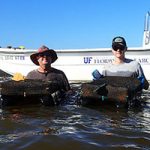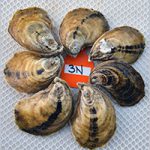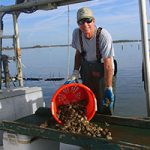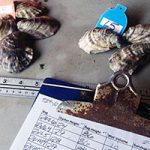Oyster Culture Risks
What is Risk? Oyster farming, like any aquaculture or agriculture operation, has risks that are beyond the grower’s control. Normal risk is related to occurrences, such as inclement weather, predation, fouling, or other variables, that typically can occur during production. Oyster mortality and costs associated with normal risk are factored into the farm’s potential profitability and generally are considered acceptable at a certain level. Environmental risk in oyster farming can include events such as hurricanes, major storms, or extreme changes in water quality, particularly salinity due to drought or excessive rainfall. As environmental risk increases, potential impacts include increases in


